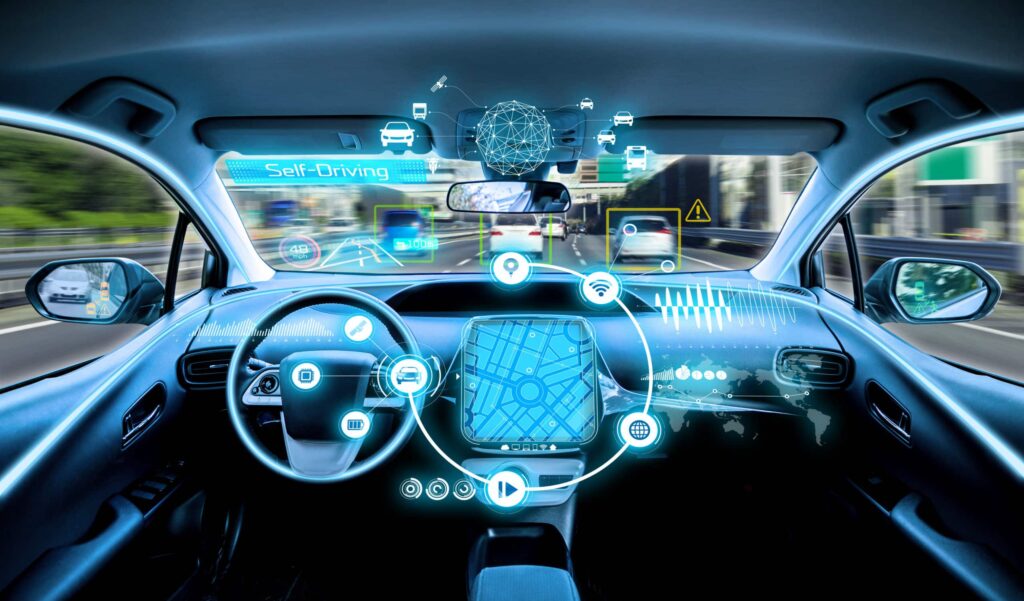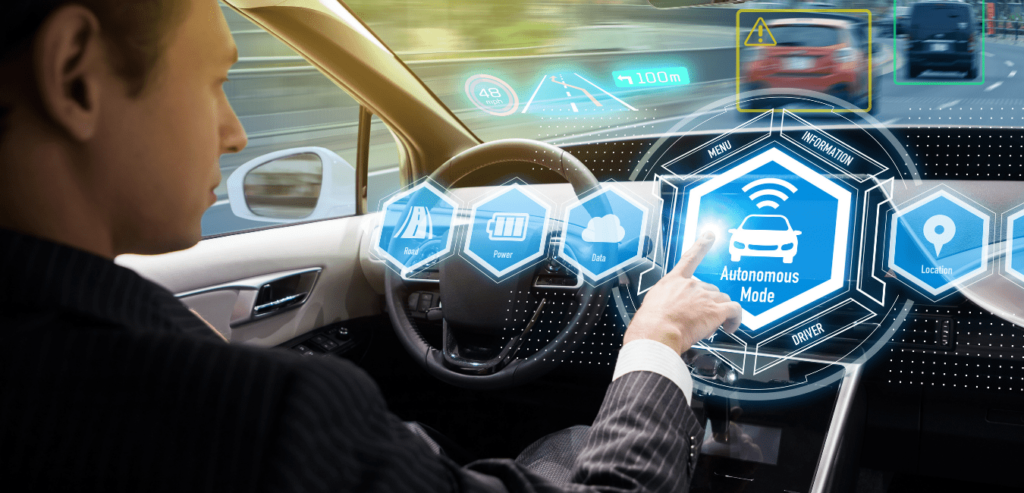The advent of autonomous vehicles (AVs) represents one of the most significant technological advancements in the automotive industry. These self-driving cars promise to revolutionize the way we travel, offering numerous benefits while also posing several challenges. As this technology continues to develop, it’s essential to weigh the pros and cons of autonomous vehicles.
Pros:
- Enhanced Safety: Autonomous vehicles have the potential to significantly reduce traffic accidents caused by human error. Advanced sensors, cameras, and AI systems allow AVs to detect obstacles, pedestrians, and other vehicles more accurately and react faster than human drivers. This could lead to fewer accidents and save countless lives.
- Reduced Traffic Congestion: AVs can communicate with each other and optimize driving patterns to maintain smooth traffic flow. By reducing stop-and-go traffic and improving route efficiency, autonomous vehicles can help alleviate congestion, leading to shorter commute times and less frustration for drivers.
- Increased Mobility: Autonomous vehicles offer new mobility options for individuals who cannot drive, such as the elderly, disabled, or visually impaired. This increased accessibility can enhance independence and improve the quality of life for these individuals.
- Environmental Benefits: Many autonomous vehicles are designed to be electric, which can reduce greenhouse gas emissions and decrease our dependence on fossil fuels. Additionally, optimized driving patterns can lead to more efficient fuel consumption and lower emissions from traditional vehicles.
- Economic Efficiency: AVs can potentially reduce costs associated with accidents, including medical expenses, vehicle repairs, and insurance premiums. Moreover, businesses could benefit from lower transportation costs and increased productivity as employees can work or relax during commutes.

Cons:
- High Development and Implementation Costs: The technology required for autonomous vehicles is complex and expensive. Developing, testing, and deploying AVs involves substantial investment, which can make these vehicles initially unaffordable for many consumers and businesses.
- Job Displacement: The widespread adoption of autonomous vehicles could lead to job losses in sectors such as trucking, taxi services, and delivery industries. This displacement could have significant economic and social implications, particularly for workers in these fields.
- Technical Limitations: Autonomous vehicles rely on advanced technology, which is not yet perfect. Issues such as sensor malfunctions, software glitches, and difficulties in navigating complex urban environments can pose safety risks and hinder the reliability of AVs.
- Ethical and Legal Challenges: The deployment of autonomous vehicles raises ethical questions, such as how AVs should prioritize safety in unavoidable accident scenarios. Additionally, legal frameworks and regulations need to be developed and standardized to address liability, insurance, and data privacy concerns.
- Infrastructure Requirements: To fully integrate autonomous vehicles, significant updates to existing infrastructure are necessary. This includes the development of smart roads, enhanced communication networks, and updated traffic management systems, which require substantial investment and coordination.

Conclusion: Navigating the Road Ahead
Autonomous vehicles hold the promise of transforming transportation with enhanced safety, reduced congestion, and increased mobility. However, these benefits come with challenges, including high costs, job displacement, technical limitations, and ethical considerations. As technology continues to advance, it is crucial for stakeholders to address these issues collaboratively to maximize the potential of AVs while mitigating their drawbacks. Balancing the pros and cons will be key to ensuring a future where autonomous vehicles can positively impact society.

















Leave a Reply